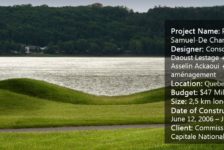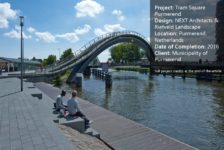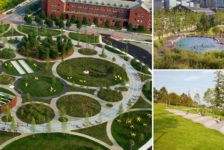We know about his work, but what don’t we know about this legendary figure? Roberto Burle Marx was one of the most influential landscape designers of the 20th century, world renowned for the organic and geometric patterns beautifully imprinted in his gardens. He was indeed very talented, and the wide range of his artistic skills is sure to blow your mind! Read on to learn eight amazing facts about Burle Marx you didn’t know:
FACT 1: He was also a singer Burle Marx was born in São Paulo, Brazil, in 1909. His mother, Cecilia Burle, was a pianist who promoted local music events that allowed her son to be in contact with music from a very early age. As you will see in the next topic, he took singing lessons in Germany and strongly considered studying music. FACT 2: He had training in painting, not architecture OK, most of you probably know this fact already. When Burle Marx was 19, he moved with his family to Germany (for eye treatment), where he took painting and singing lessons. One year later, back in Brazil, he began studying architecture, but then changed to painting — although he first considered studying music. He just could not make up his mind! WATCH: The Artististic Patterns of Roberto Burle Marx FACT 3: He was related to Karl Marx For those of you wondering about his surname, yes, he was indeed related to German philosopher and politician Karl Marx, a cousin of Burle Marx’s grandfather. FACT 4: He discovered the beauty of tropical plants … in Germany! His first meaningful contact with Brazilian flora was actually at the Botanical Garden of Dahlem in Berlin. For the period of time Burle Marx and his family lived in Germany (1928-1929), he used to visit the garden quite often and to observe the species carefully.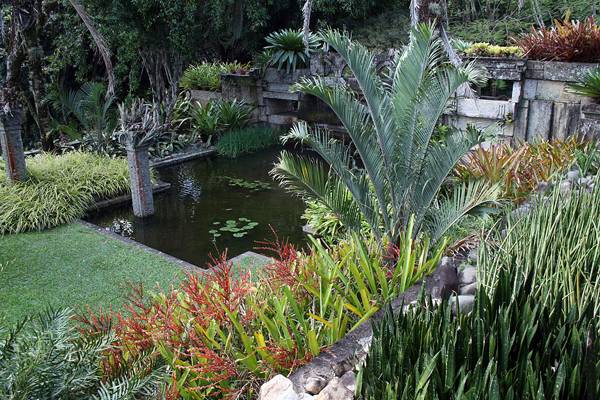
Roberto Burle Marx had a unique understanding of tropical plants. Image: Farmhouse and chapel gardens in Barra de Guaratiba where Burle Marx died in 1994. Credit: BY-SA 3.0 by Halley Pacheco de Oliveira
While this is not Heliconia burle-marxii, it is still a stunning variety. Image: Heliconia Psittacorum x Spathocircinata at the Hawaii Tropical Botanical Garden, Big Island, Hawaii. Credit: CC BY-SA 3.0 by Frank Schulenburg
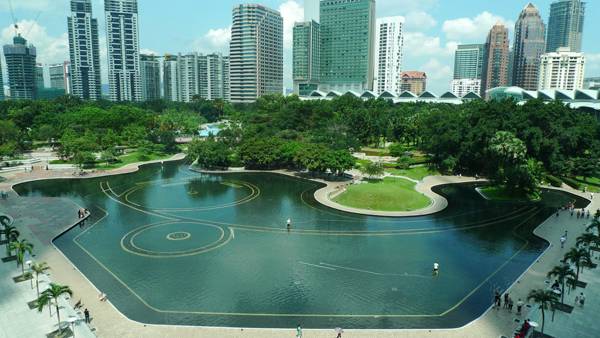
The Picasso of landscape architecture, Roberto Burle Marx (1909-1994) designed the Central Park of the Kuala Lumpur City Centre (KLCC)shortly before he died. Photo credit: Dr. Francis Ng, source
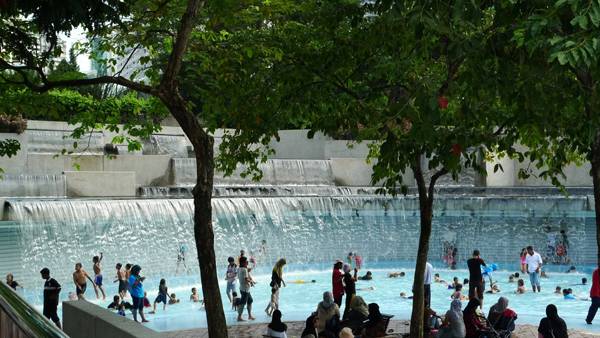
The Central Park of the Kuala Lumpur City Centre (KLCC)shortly before he died. Photo credit: Dr. Francis Ng,
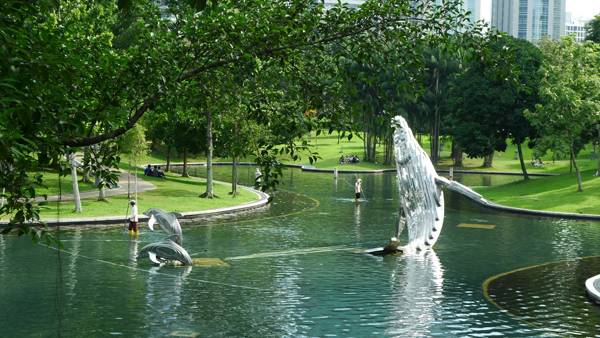
The Central Park of the Kuala Lumpur City Centre (KLCC)shortly before he died. Photo credit: Dr. Francis Ng,
- Roberto Burle Marx: Landscapes Reflected, Landscape Views 3 by Rossana Vaccarino
- Architecture of Brazil: 1900-1990 by Hugo Segawa
- New Brazilian Gardens: The Legacy of Burle Marx by Roberto Silva
Return to Homepage Featured image: Calçadão de Copacabana – Rio de Janeiro Credit: CC BY-SA 3.0 by Allan Fraga
Published in Blog

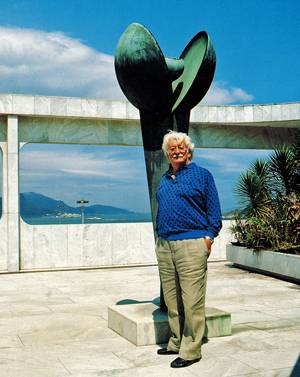
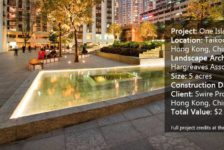
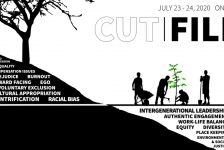
![Fill for Habitat [Video]](https://land8.com/wp-content/uploads/2022/07/land8-cover-224x150.png)

